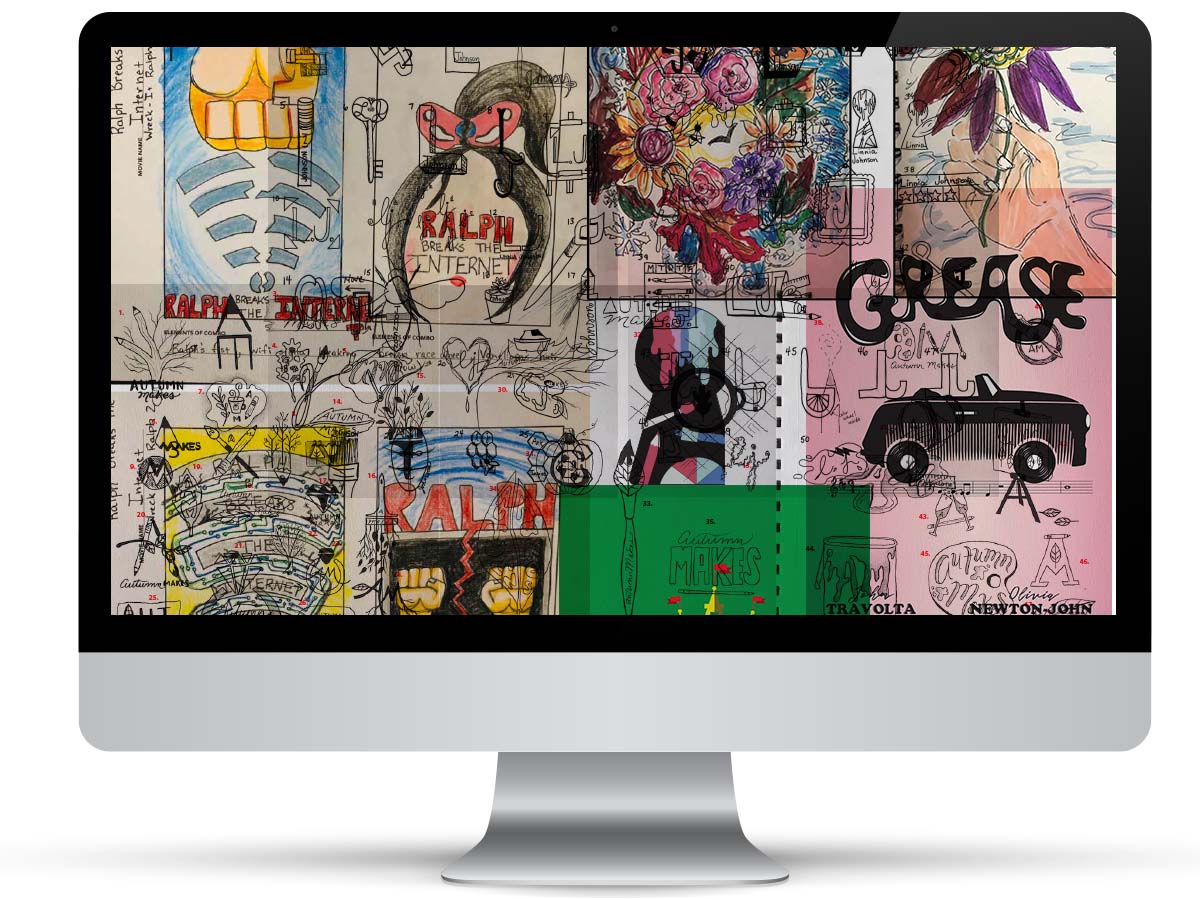Dannell MacIlwraith
Assistant Professor
Kutztown University
More and more colleges and universities are beginning to explore offering traditional studio art and design courses online. At Kutztown University, first year students are required to take an online Digital Foundations course. This course gives a solid grounding in basic computer skills, software knowledge, and visual thinking, a framework for more complex areas of digital media. By giving the flexibility of an online class — students can still have hands-on techniques, experience constructive critique, hand-in physical prints, and have a good mentor/student relationship.
As the curriculum designer, I based my teaching methods on tutorials, cumulative projects, and concept based learning strategies. The short tutorials are designed to maintain attention. I have abandoned the traditional discussion forums of online education, instead utilizing social media for critiquing techniques. Finally, through surveys, quizzes and an ‘artifact’ project the faculty assess Digital Foundations for tweaking and modifying for future sections.
Many colleges and universities are moving classrooms online for financial savings. What are the most effective strategies for teaching art & design online? What about ensuring the same rigor and quality as an in-person course? We’ll explore possible solutions to these problems that are facing the early pioneers of online education in design.
This research was presented at the Design Incubation Colloquium 6.3: Fordham University on May 16, 2020.
